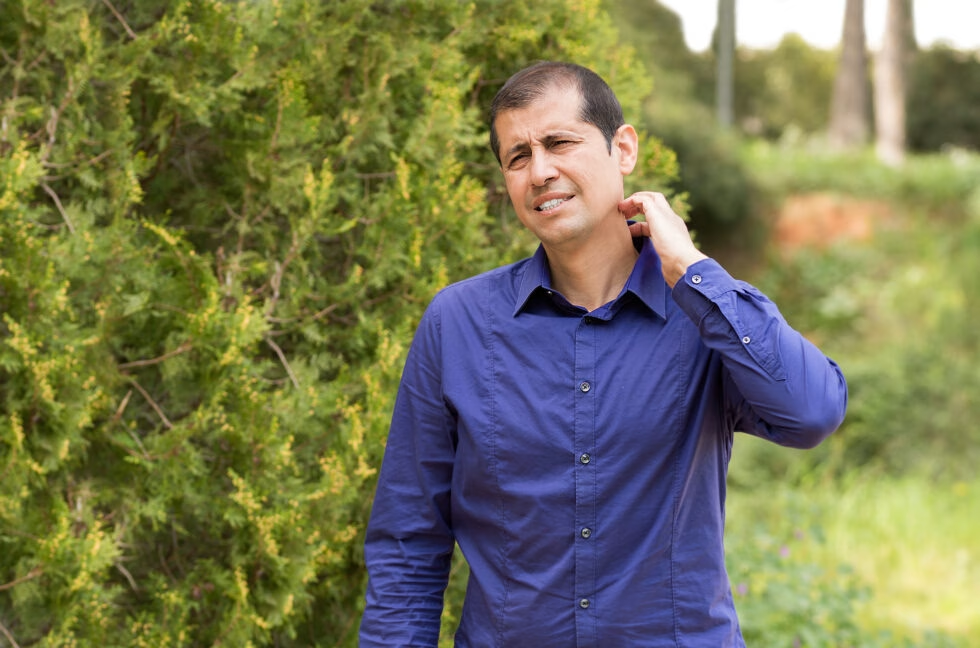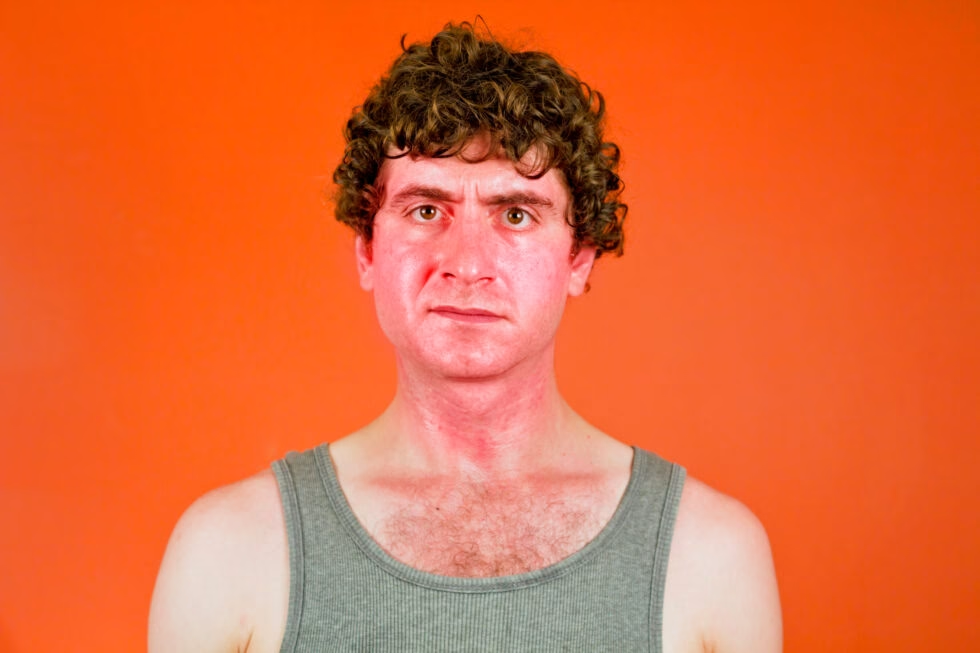by | Jul 30, 2024 | Healthy Living

Do I Have Heat Rash?
On a sweltering summer day, you might suddenly feel a prickling, itching sensation on your skin. As you inspect the area, you notice tiny red bumps forming in clusters. You start to wonder, “Do I have heat rash?” Understanding how to identify heat rash, along with knowing the symptoms, causes, and treatments, can help you manage this uncomfortable skin condition and prevent it from recurring.
What is Heat Rash?
Heat rash, also known as prickly heat or miliaria, is a common skin condition that occurs when sweat ducts become blocked, trapping sweat beneath the skin. This leads to inflammation, irritation, and a rash that can be itchy or even painful. Heat rash typically develops in hot, humid environments where excessive sweating is common.
Symptoms of Heat Rash
- Red Bumps or Blisters
One of the hallmark signs of heat rash is the appearance of small red bumps or clear fluid-filled blisters on the skin. These bumps can vary in size and may cluster together, especially in areas where skin folds or clothing causes friction.
- Itching or Prickling Sensation
Heat rash often causes a prickly, itchy feeling on the skin, especially in the affected areas. This discomfort can intensify if you continue to sweat or if your skin remains in contact with tight clothing.
Affected Areas
Heat rash is most likely to appear in areas where sweat is trapped and unable to evaporate easily. Common sites include the neck, chest, back, underarms, and the creases of elbows and knees. In infants, it often occurs on the neck, shoulders, and chest.
Types of Heat Rash
The severity and appearance of heat rash can vary depending on the type:
- Miliaria Crystallina: The mildest form, characterized by tiny, clear or white blisters that aren’t usually painful or itchy.
- Miliaria Rubra: More commonly known as prickly heat, this form presents as red, inflamed bumps that cause itching or a stinging sensation.
- Miliaria Profunda: A more severe type, appearing as larger, flesh-colored bumps, often resulting in a reduction of sweat in the affected areas.
- Miliaria Pustulosa: Occurs when sweat glands become infected, leading to pus-filled bumps that are often painful.
Why Does Heat Rash Happen?
Heat rash develops when your body’s sweat ducts become blocked, preventing sweat from evaporating. Instead, sweat gets trapped beneath the skin, leading to inflammation and irritation. Several factors can increase your likelihood of developing heat rash:
Hot, Humid Weather
Heat rash is most common during the summer or in tropical climates where high temperatures and humidity levels cause excessive sweating.
Excessive Sweating
Engaging in intense physical activity, especially in hot weather, can lead to heavy sweating, increasing the risk of blocked sweat ducts.
Tight or Non-Breathable Clothing
Wearing tight or non-breathable fabrics, such as polyester or nylon, can trap sweat against your skin, contributing to the development of heat rash.
Prolonged Bed Rest
In individuals who are bedridden, heat rash can develop in areas where the skin is constantly in contact with the bed or clothing, leading to friction and sweat build-up.
Overheating
Internal factors like fever or external conditions such as a hot environment can cause your body to overheat, leading to increased sweating and a higher chance of heat rash.
How to Relieve Heat Rash
If you’ve determined that you have heat rash, there are several steps you can take to alleviate the symptoms and help your skin heal:
Cool Down
Move to a cooler environment to reduce sweating. Air conditioning, fans, or a cool shower can help bring down your body temperature, allowing your skin to recover.
Wear Loose, Breathable Clothing
Opt for clothing made from natural fibers like cotton, which allows your skin to breathe and prevents sweat from being trapped. Loose-fitting garments reduce friction and irritation on the skin.
Keep the Affected Area Dry
Gently pat the rash with a clean, soft towel to keep the area dry. Avoid rubbing the skin, as this can exacerbate irritation.
Avoid Heavy Creams and Ointments
Avoid using heavy creams or ointments that might block sweat ducts further. If necessary, use a light, water-based lotion to soothe the skin without clogging pores.
Apply Cool Compresses
A cool, damp cloth applied to the affected area can provide relief from itching and reduce inflammation. This simple remedy can be very effective in easing discomfort.
Consider Over-the-Counter Treatments
Over-the-counter anti-itch creams, such as those containing hydrocortisone or calamine lotion, can help reduce itching and discomfort associated with heat rash.
Preventing Future Heat Rash
Once you’ve dealt with heat rash, it’s important to take steps to prevent it from happening again. Here’s how you can protect your skin:
Stay in Cool, Well-Ventilated Areas
Avoid prolonged exposure to hot, humid environments. Use fans or air conditioning to keep indoor spaces cool, especially during the hottest parts of the day.
Choose Appropriate Clothing
Wear loose, lightweight, and breathable clothing made from natural fabrics like cotton. This helps wick away moisture and allows your skin to breathe.
Stay Hydrated
Drinking plenty of water helps regulate your body temperature and reduces the likelihood of excessive sweating.
Take Breaks During Physical Activity
If you’re exercising or engaging in physical labor, take regular breaks to cool down. This can prevent overheating and reduce the risk of heat rash.
Avoid Overheating
Keep an eye on your body temperature and avoid activities that lead to excessive sweating during peak heat. If you start to feel too warm, find a cool place to rest.
If you suspect that you have heat rash, recognizing the symptoms early can help you take prompt action to treat and prevent it from worsening. By keeping your skin cool, dry, and well-ventilated, you can minimize the risk of developing heat rash and enjoy the summer months comfortably. However, if your rash persists for more than a few days, shows signs of infection, or is accompanied by fever, it’s important to seek medical attention. Stay vigilant about your skin’s health, and don’t hesitate to reach out to a healthcare professional if you need further assistance.


